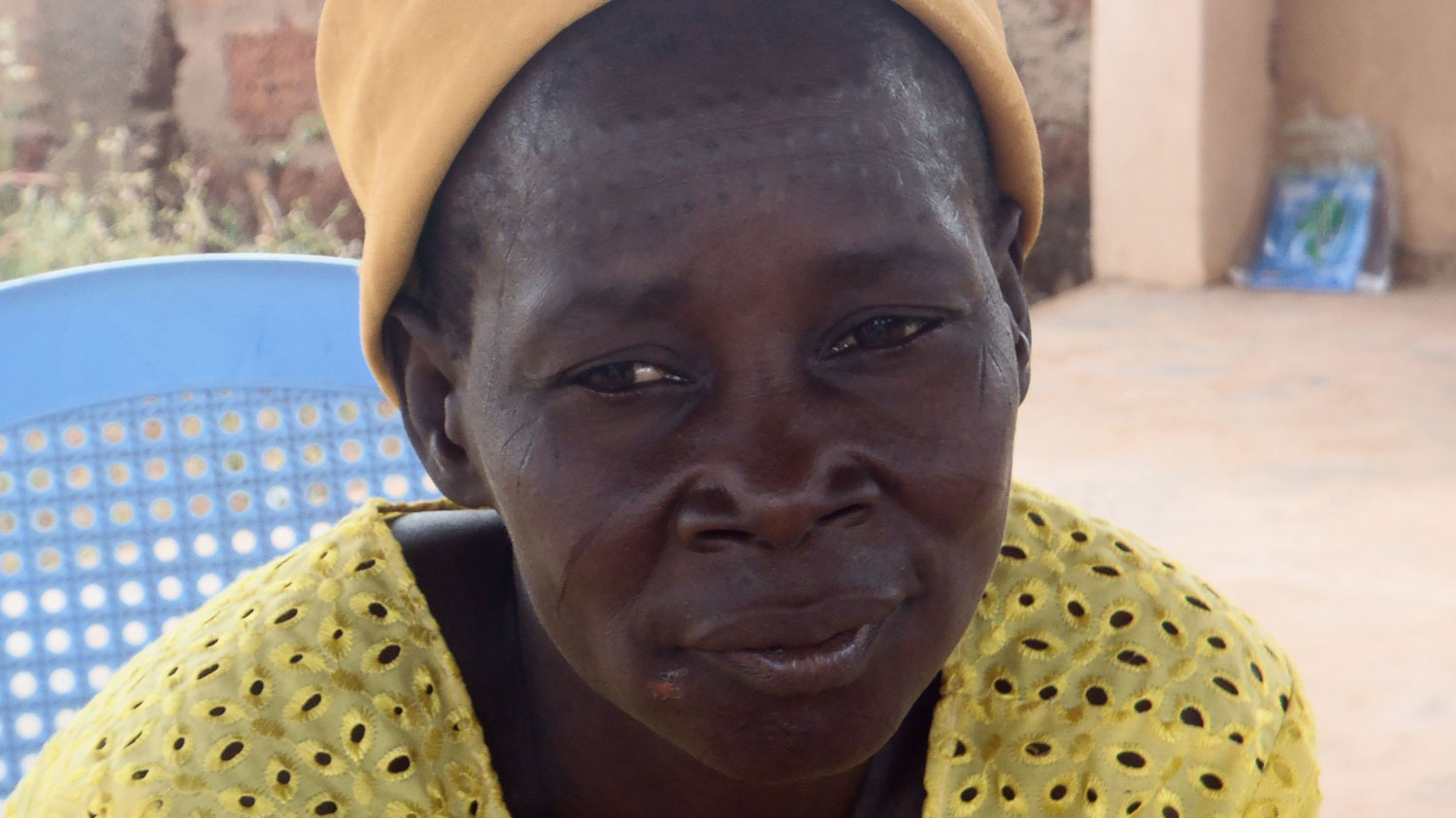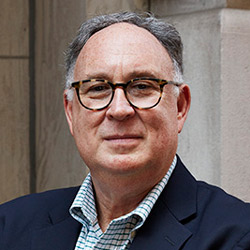On October 17, 2005, I started a new job – and a new career – as President of Trickle Up. I arrived after 30+ years in the media business (Wall Street Journal, ABC News, New York Times). While I came with zero experience in international development, the board felt I could lead the 26-year-old organization, raise money, and tell our story to the world. Auspiciously (and unknown to me at the time), October 17 also was the UN’s International Day for the Eradication of Poverty.
Now, 16 years after my first day at Trickle Up, I am retiring. It has been an extraordinary journey and a privilege to lead this organization. While remaining true to our original mission, Trickle Up has evolved in numerous ways and is ready to face a future where it is needed as never before. The board has made an excellent choice for Trickle Up’s next President: Nathalie Laidler-Kylander.
This is naturally a moment for reflection as I pack up my office; receive generous testimonials from staff, board, donors, and friends; and look back over hundreds of photos from dozens of trips to meet staff, partners, and – especially — participants in Central America, India, and Africa. I have learned so much and been inspired by all of them, and I’d like to introduce you to a few of the people and stories from my 16 years at Trickle Up.
Meet Marie, a Trickle Up participant from Burkina Faso whom I met in 2012. With Trickle Up’s seed capital grant and training, she had gone into business selling food and other items that she purchased in a town that was a half-day walk from her village. She carried her goods home on her back, sold them in her community, and then returned to the larger town for more inventory. Through her Trickle Up savings group, she was saving to buy an $80 used bicycle that would speed up her trips, make them far less arduous, and enable her to carry more inventory to sell.
She was near her savings goal and an opportunity to expand her business when disaster struck. Her husband contracted guinea worm, a parasite that is usually due to contaminated drinking water. It results in excruciating pain. He no longer could work, and medical bills added to the family’s financial distress. Marie had no choice but to draw upon her Trickle Up savings, dashing her plans for the bicycle.
When I asked her how she would cope, she told me his medical condition had improved and he would soon be able to return to work. Her plan for bicycle? “I will start saving again and borrow more than I’d originally planned from my savings group. It will take me longer but I remain committed to my goal of getting that bicycle.”
I recall her story often and keep her picture in a large frame in my home. Her face tells the story of her struggle. The geometry in the photo is striking – the patterns in her blouse, chair, and traditional scarring (tattoo) on her forehead.
One of the best parts of my job has been meeting Trickle Up participants like Marie in small-group conversations. At first, people often are shy in the presence of a stranger, but then they open up about their joys, challenges, and dreams. Here are excerpts from a 2011 discussion in a village in Mali.
In our visits to Trickle Up programs in the field, we are almost always greeted with enthusiastic welcomes (often with dancing and singing) and expressions of gratitude. In the Indian village of Manjhihiri, a group of folk singers composed and performed a tribute song. Be sure to read the lyrics, translated from Bengali to English by my colleague Maitreyee Ghosh, in the “read transcript” box on this web page.
In a Burkina Faso village, there exists a large green machine connected to a belt with a blue cone on top. It is a beacon for a story about how a group of Trickle Up women changed the life of their entire village.
We often talk about Trickle Up in terms of tangible outcomes – increased income and savings, businesses started or expanded, or improved food security. But there’s another result, harder to quantify but no less important: dignity. After hearing the word “dignity” come up often in my conversations with Trickle Up savings groups, I began to ask women how they defined it. They spoke about their children being able to wear shoes, like other children in the village; being addressed by their name; or having the confidence to look their customers in the eye. Here is a story from Guatemala that talks about dignity.
Storytelling is an important part of our work – demonstrating that Trickle Up does make a powerful difference and that, even with all the poverty and challenges remaining to be addressed, there is ample evidence for optimism. We tell the Trickle Up story through videos, blog posts, presentations, and other media. Here is an example of storytelling in a less common medium. The artist who made it works with textiles, creating these figures in fabric and then using computer animation to make this film.
As I take my leave from Trickle Up, these women and their stories will always be with me. Many years ago, when I was a student in journalism school, one of my professors taught us to look for “the little picture that tells the big story.” I hope you can find a few minutes to sample these little pictures and know the big story of how Trickle Up makes a profound difference in people’s lives.



